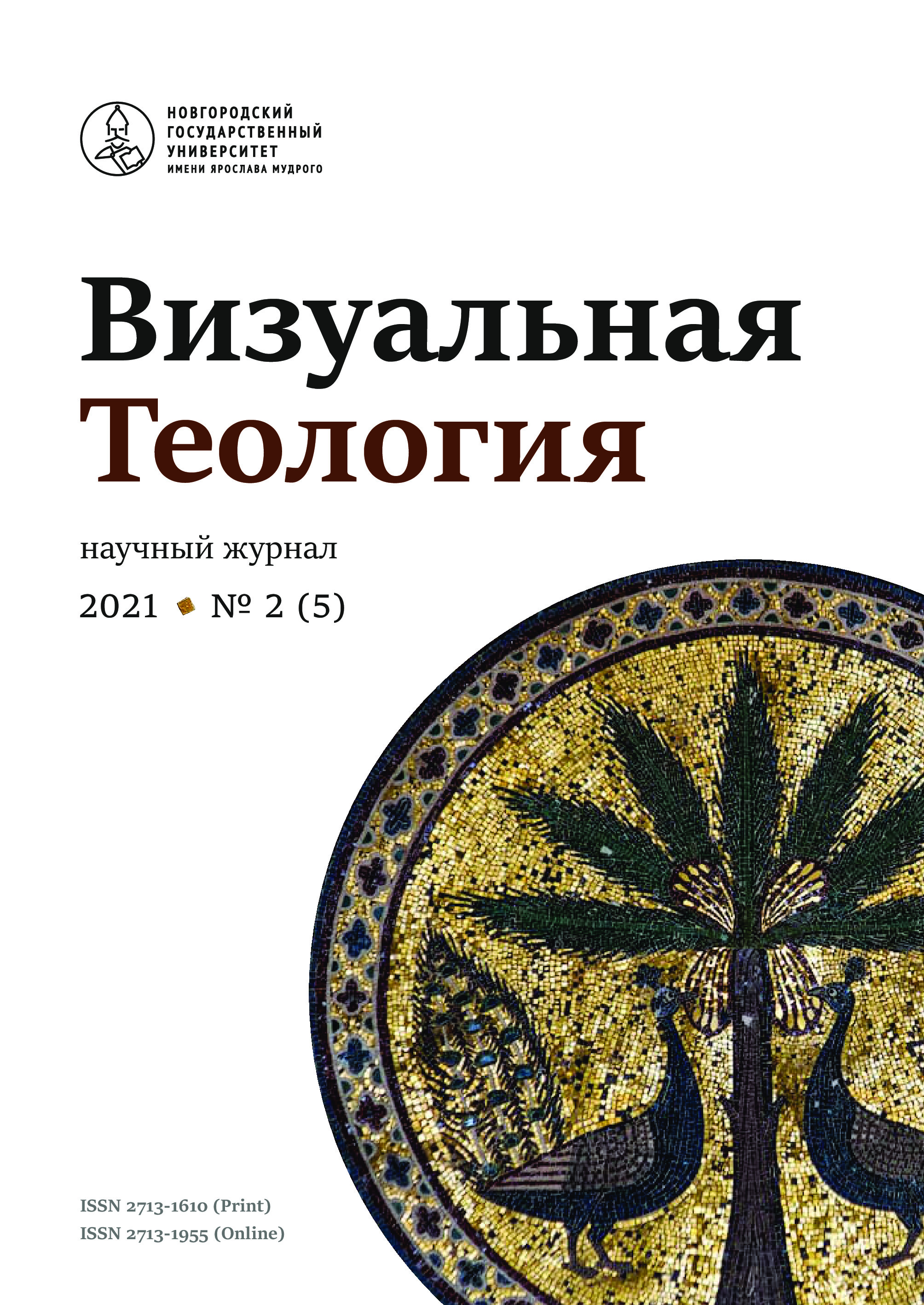The Mystagogy of the Visual Image at Dostoevsky: Prince-Christ, the Wanderer, the Elder
Abstract
The article is written on the basis of the author’s report at the International Symposium “Visual Theology. Themes and Horizons”, held in Yaroslav-the-Wise Novgorod State University on September 29–30, 2021. The problem of a human visual image is actualized, considering it in aesthetic, sensual-perceived, philosophical and anthropological and religious and anthropological contexts. The author refers to the work of F. M. Dostoevsky, whose memorable dates – 200 years since the birth and 140 years since death - are widely famous events in Russia and all over the world in 2021. The main problem of the article is to disclose and justify the importance of a holistic visual image from the point of view of the Orthodox theological, ascetic and mystical (hesychast) thought of the heroes of the novels “Idiot”, “Demons”, “Teenager” and “Brothers Karamazov”, like Prince Myshkin, Monk Tikhon, Wanderer Makar Ivanovich and Elder Zosima. The article begins with the critical analysis of the position of M. M. Bakhtin, who in his interpretation of Dostoevsky’s heroes absolutized the importance of the dialogue as a form of personal self-consciousness and thereby obviously underestimated the importance of the visual image. The author strives to show that for Dostoevsky, not only in what the main characters say, but also in how they look, in their visual, holistic, aesthetic image, there is a way of manifesting human personality in her phenomenal form. Each character identifies both specific and general features of the visual image, determined by the spirit of the ancient, ascetic Russian Orthodox anthropology. The basis for understanding such image is the aesthetics of the beauty of Russian elders, permeated by honoring the divine beauty and mystery of the world, the expiration of light in their image, the joy of life, prayer, compassion, openness to people and love for them and God. The image of such people is leading to God not only and not only through words, but also by example of personal visual-orthodox communication. The article shows by the example of the heroes of Dostoevsky’s novels the relevance of Orthodox visual anthropology to modern visual personalism and aesthetics of the human image.


